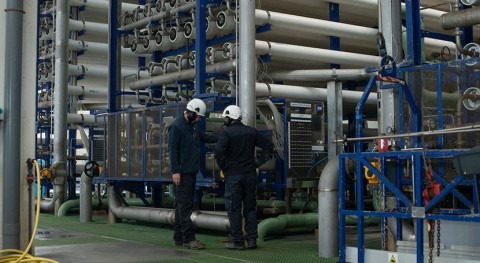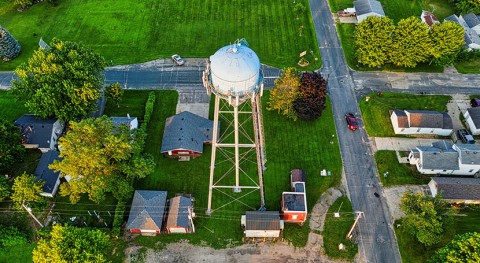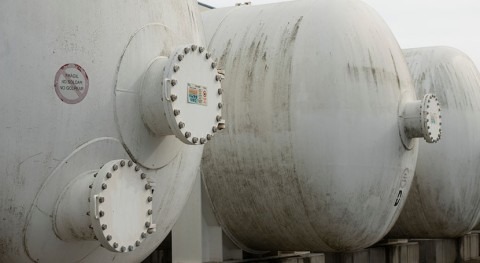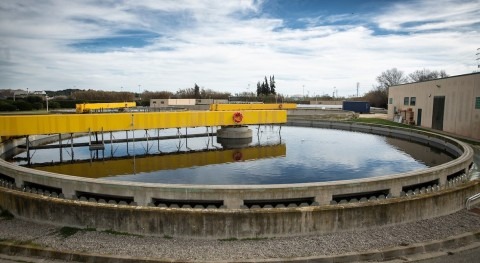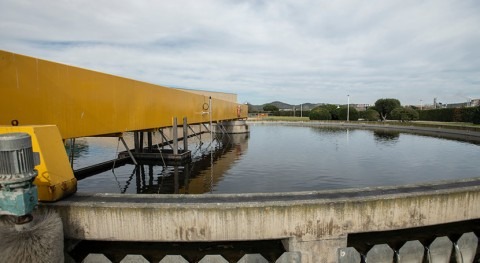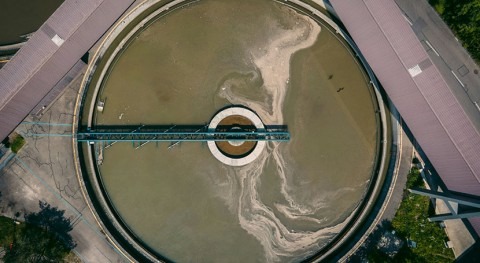Last week NASA confirmed the presence of water on the surface of the moon after its Stratospheric Observatory for Infrared Astronomy (SOFIA) detected water molecules on a sunlit location of the lunar surface.
After years of research looking into the potential presence of water on the moon, the findings raise questions about the lunar water cycle, and whether it could be a resource for future missions, as a feature article in National Geographic explains.
In 2009, NASA’s LCROSS mission uncovered water in a permanently shadowed region near the moon’s south pole. Another study published last week suggests that water in the moon’s polar regions may be more widely distributed and accessible than previously thought. Lead author Paul Hayne from the University of Colorado Boulder thinks the new insights into lunar water are part of a slow revolution in the way we think of the moon, once believed to be completely dry.
Scientists hypothesise about the formation and movement of water on the moon. It may form as a result of the reaction of hydrogen in solar wind with oxygen on the satellite’s surface; ice may also come from meteorites that hit the ground. It is not known how water moves on the surface: it could migrate from sunlit regions to the zones of the moon in permanent shadow.
With many unknowns yet about lunar water, answers could be coming in the near future. As part of the Artemis program, NASA intends to land the first woman and next man on the moon by 2024. To prepare for it, a mobile robot known as VIPER (Volatiles Investigating Polar Exploration Rover) will land on the South Pole of the moon in 2023, to study the location and concentration of water ice that could eventually be harvested to sustain human exploration on the moon and beyond. Information will be gathered as well with the Lunar Compact Infrared Imaging System (L-CIRIS), to be delivered to the lunar surface through NASA’s Commercial Lunar Payload Services (CLPS) initiative.





